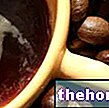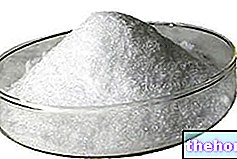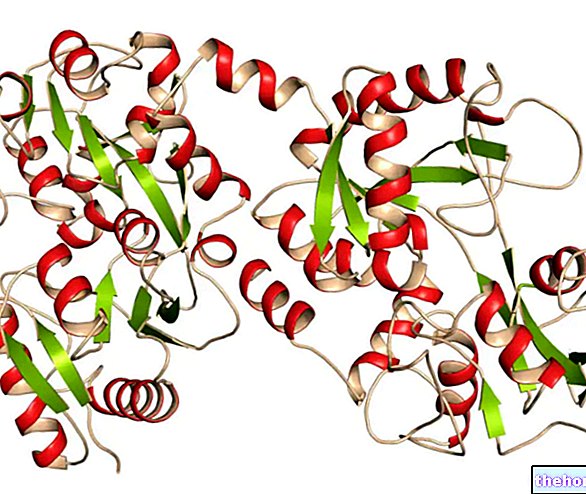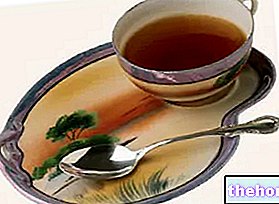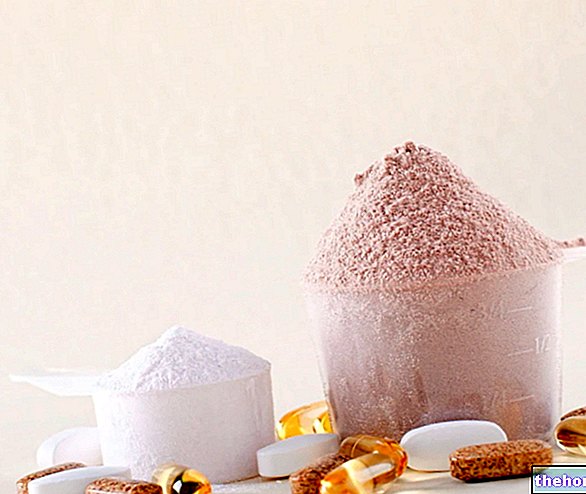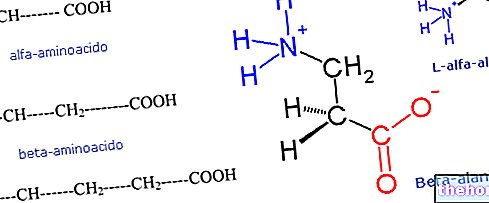In this article we report the results of an "analysis commissioned by My-personaltrainer.it at the University of Ferrara, to determine the protein content of ten milk protein supplements.

The analyzes of the protein content were carried out according to the official Kjeldahl method, deliberately keeping a "high tolerance on the measured value (CV% < 4). For the sake of fairness, we do not report the commercial names of the products, nor the manufacturing companies since:
the sample examines too few products compared to those on the market; consequently, also considering possible conflicts of interest, the publication of trade names could be understood as an attempt to penalize specific companies over others.
Results of protein supplement analyzes
* calculated on the basis of the list price and the net weight declared on the label (ranging from a minimum of 725 to a maximum of 1000 grams in the various protein supplements)
** calculated on the basis of the list price, the net weight declared on the label and the protein content resulting from the analyzes
Certification
COMMENT: from the data shown in the table it is clear that all the products analyzed overestimate the real protein content of the product on the label, remaining within the maximum deviation allowed by the Ministry of Health (± 15%). The cheapest product has the greatest deviation (- about 10%); however, even by correcting the price for the real protein content, it retains a distinct convenience compared to the others.
There are no substantial differences between Italian products and foreign products, relative to the difference between declared protein content and actual protein content.

